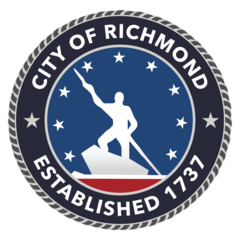Richmond Connects ACTION PLAN
Review and submit comments by December 13th, 2023
Priority projects and programs for equitable transportation in Richmond. Result of an almost 2 year planning process focused on equitable community engagement and rigorous data analysis.

Comments
Close